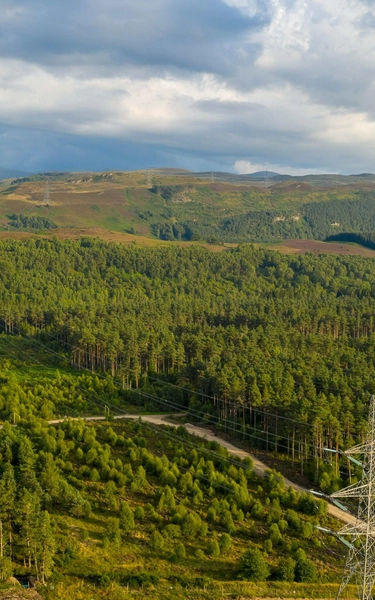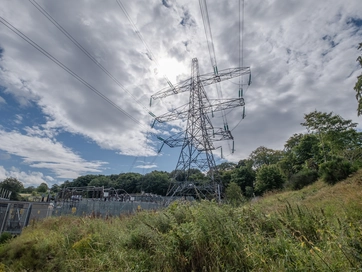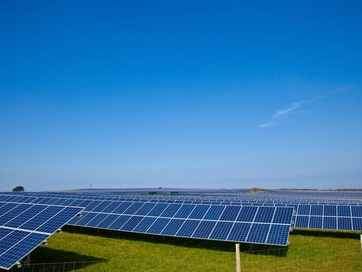Impact & Benefits

Our lives are more reliant on electricity than ever. Upgrading our power grid will unlock the country’s renewable potential and deliver cleaner, homegrown energy.

Discover how homegrown energy can make us more energy secure and less dependent on overseas suppliers.

See how Britain will be ready for the energy demands of tomorrow.

Explore how we can all access more affordable, homegrown energy.

Find out how this project across England, Scotland and Wales powers economic expansion and creates long-term opportunities.

See how Britain can secure its position as a global clean energy pioneer.
95%
Clean power by 2030
Our clean power system will transform our electricity, reducing fossil fuel dependence and boosting energy security and self-sufficiency.
5x
Data centre growth by 2030
Our digital economy and AI revolution are driving unprecedented demand for computing power. This major growth requires a robust grid to deliver reliable electricity to data centres.
x2
Electricity demand by 2035
The country’s appetite for electricity is growing rapidly as we electrify our lives. By 2050, we'll be using twice as much electricity as today, and an upgraded grid will ensure we're ready to meet this rising demand.


Our electricity grid is like a vast motorway system for power, delivering energy from where it's generated, like wind farms and solar arrays, to homes and businesses across the country. Discover how this essential network works and why it needs to grow to power our future.
